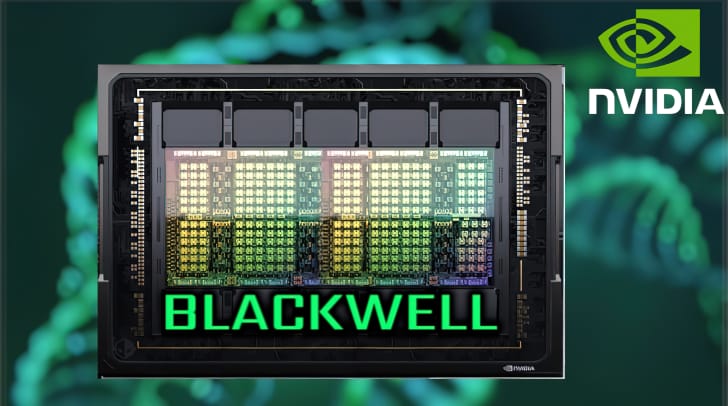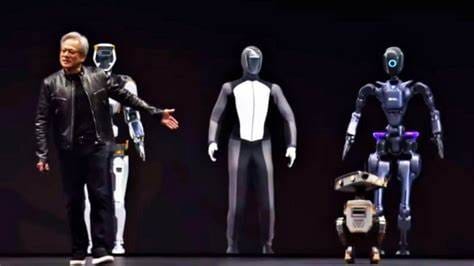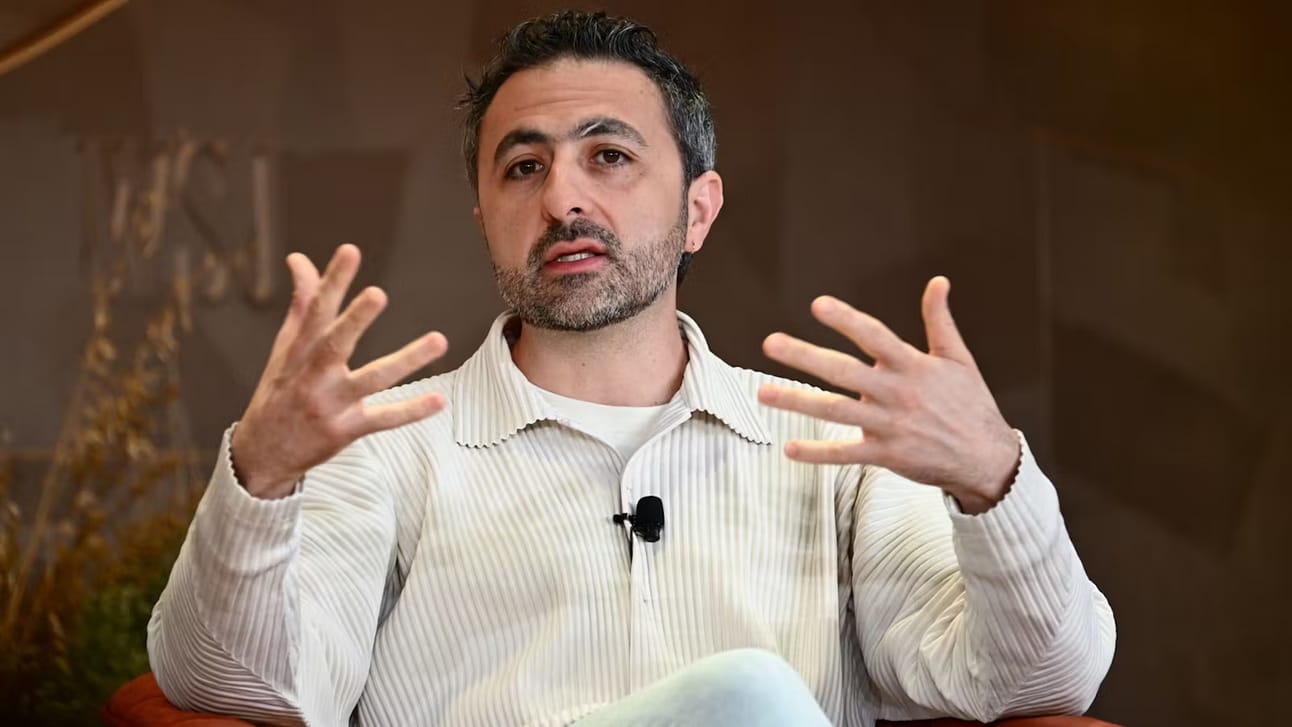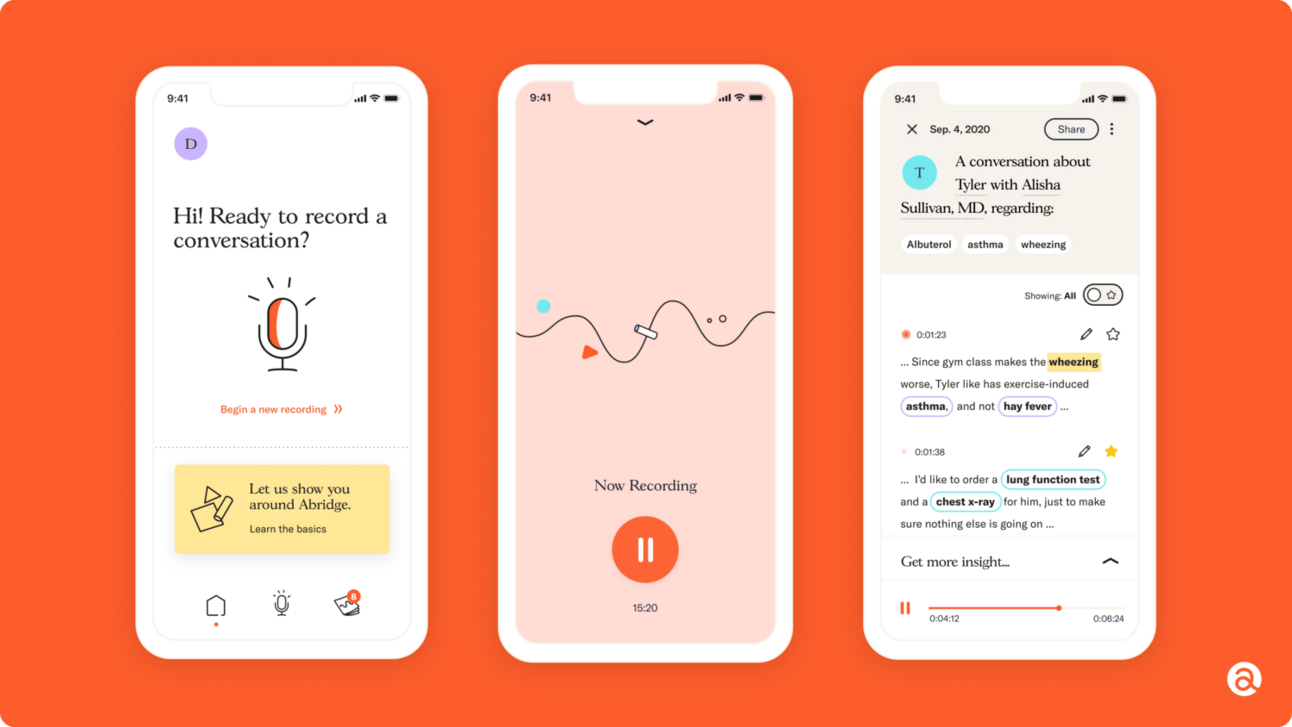- AI Weekly Wrap-Up
- Posts
- New Post 3-20-24
New Post 3-20-24
Top Story
Suno is ChatGPT for music
Not just because it allows non-musicians to create music with text prompts. But because it is so surprisingly good at it. Created by a couple of machine learning engineers in Cambridge, Massachusetts who are also musicians, this webapp gets both the AI technology and the ineffable esthetics of the music right. It is not perfect. It is easier to make creditable but bland music than bangers. But get that prompt just right - and magic. Try it. (Link below.)

Clash of the Titans
Nvidia Conference has multiple huge announcements
Nvidia, the chip company that is riding the AI wave to a trillion-dollar market cap, had its annual product announcement conference, known as GTC (for GPU Technology Conference), on Monday. CEO Jensen Huang, wearing his trademark leather jacket, revealed lots of interesting developments, and a few blockbusters. To wit:
#1 Blackwell superchip for AI
It seems that Nidia’s flagship H100 GPU was released just over a year ago - oh, wait, that’s true! No matter, Jensen is keeping the pedal to the metal, and now there is a NEW new top chip, the Blackwell superchip for AI. The H100 had a hefty 80 billion transistors. Just a year and a half later, the Blackwell has 208 billion transistors. That’s 2.5x in less than 2 years. Moore’s Law on steroids.

#2 Project Gr00t for humanoid robots
Nvidia thinks making chips for chatbots is fun and profitable, and making chips for vision and images and now video is super fun and profitable, but making chips for humanoid robots that can make you a cup of coffee is zOMG so freaking cool!!! And likely to be quite profitable.

Nvidia CEO Jensen Huang: “Say hello to my little friends!”
#3 Earth digital twin for climate forecasting
Nvidia also announced its Earth-2 “digital twin” platform for simulating and visualizing weather and climate globally at an impressive level of detail. IBM subsidiary The Weather Company has already signed on to use Earth-2 for its enterprise weather data services. And Taiwan’s Central Weather Administration plans to use the system to better predict typhoons ion the area. Nvidia hopes that Earth-2 can help mitigate weather- and climate-related losses of life and property on Earth-1 (our Earth.)

Does Apple ♥ Google?
Recent well-sourced reports indicate that Apple is in talks with Google to use Google’s AI to power new features on the iPhone. This is a bit of a surprise, since Apple has been giving multiple hints that it is hard at work creating high-performing AI models small enough to fit on a mobile device. On the other hand, it makes perfect sense. Google already pays Apple over $20 billion a year to be the default search engine on the iPhone. Maybe Apple found it could squeeze out even more Google-bucks by favoring Google’s struggling AI models as well. Meanwhile, expect Apple to keep optimizing iPhone hardware and software for AI. AI-powered Siri may be just around the corner.

Fun News
Elon (mostly) keeps his word: Grok is (mostly) open-sourced
In his food-fight with OpenAI, Elon Musk has hammered the ChatGPT company for being untrue to its origins as an open-source nonprofit organization. “But Elon,” people said, “are YOU releasing YOUR AI model, Grok, as open source?” He was not. Then last week, he buckled and said he would. And this week, lo and behold, he did. Mostly. He released the code and the weights (the 2 major constituents of modern AI models.) He did NOT release the training data, so it is impossible to know what it was trained on, and impossible to replicate. But still. For self-obsessed Elon, this is an altruistic event as rare as the Miracle at Lourdes. The sting of it is probably assuaged by the fact that Grok a) was only so-so in performance, b) was getting NO traction in the marketplace, and c) is likely soon to be superseded by his next model (and everybody else’s.) So, best to cut his losses and get some open-source cred while he still can.

AI reads images from your brain
Researchers have markedly upgraded an AI model which converts fMRI scans of a subject’s brain into a replica of any image the subject is looking at. fMRI is a brain scanning technique which can measure blood flow in each tiny segment of the brain, which correlates with neuron firing. The new model can replicate in an hour an image that took older models 40 hours or more.

EU Parliament passes world’s first comprehensive AI law
Last Wednesday, the EU Parliament overwhelmingly passed the much-debated AI Act by a vote of 523-46, thus enacting the world’s first comprehensive regulatory framework for the new technology. AI models will be graded by the potential risks that they pose - from “unacceptable” (which will be banned), to high, medium and low, which will have ever less stringent regulation as the risk ladder is descended. Implementation will be phased in, starting in 2025. Because of the size of the EU market, regulations there are likely to set the standard for much of the world.
… And the EU is already calling 6 Big Tech companies to account
An earlier EU law, the Digital Markets Act, aimed at curbing anticompetitive behavior of tech giants, has just recently been implemented, and already 5 US companies - Alphabet/Google, Amazon, Apple, Meta/Facebook, and Microsoft -along with China’s ByteDance/TikTok have been served notice that they are under investigation.

Microsoft swallows hot AI startup Inflection team whole
Mere months after Inflection AI raised $1.3 billion in venture funding for its plan to develop personalized AI chatbots for everyone, the cofounder-CEO Mustafa Suleyman is throwing in the towel and bringing most of his 70-person team to work for Microsoft. Suleyman will become head of a new division of consumer AI products at Microsoft. How mad are investors going to be? Not as mad as they might have been. Inflection will still exist, and has negotiated a licensing deal with Microsoft to offer Inflection AI models through Microsoft’s Azure cloud service. Revenue from the licensing deal will be used to pay back investors. It’s an unusual arrangement, but likely avoids the expense and distraction of the inevitable lawsuits had investors been left holding the bag.

Inflection CEO Suleyman: “The $1.3 billion was a nice gesture… but, nah, I quit.”
Devin, an AI coding app, solves a trouble ticket with Slack
Cognition Labs has announced a new AI-powered coding app that apparently is a big step above the coding abilities of the top AI models such as Claude and GPT-4 (see graph below.) Whatever the truth of that claim, they have released a viral video that shows Devin tracking down a bug in some software, reading the documentation for the system, then communicating with the CTO of the system vendor over Slack (!?!) to solve the problem. If legit, then Devin just may be the IT help desk tech of your dreams.

AI in Medicine
Ambient clinical documentation steals the show at HIMMS
Ambient clinical documentation, a system in which AI records, transcribes, and summarizes a physician-patient conversation into a draft clinical note for the patient’s chart, was the talk of the HIMMS healthcare informatics conference in Orlando earlier this month. Over 30,000 attendees swarmed exhibitors such as Nuance, Abridge, and Suki. Vendors of these “AI Scribe” services believe that their systems will alleviate the administrative burden on physicians, which is the most-frequently-cited factor in physician burnout, which affects an astonishingly large proportion of practicing clinicians.

MIT automates building AI models for biology research
Often, the hardest part of building machine-learning models for biology is getting the data into usable form, then deciding on the most appropriate type of model to train. This preprocessing step can represent weeks or months of work, and causes many researchers to give up before they start. Researchers at MIT have developed BioAutoMATED, “an open source automated machine-learning system that can select and build an appropriate model for a given dataset, and even ttake care of the laborious task of data preprocessing, whittling down a months-long task to just a few hours.”

AI model can identify lymphoma in 90% of cases
Researchers at Chalmers University of Technology in Sweden teamed with Memorial Sloan Kettering Cancer Center in New York and other centers around the world to develop an AI image analysis model to detect lymphomas. The model, called LARS, for Lymphoma Artificial Reader System, was trained on over 17,000 images from over 5,000 patients, and achieved a 90% accuracy rate in diagnosis. The researchers have made the code for the model open source, to facilitate replication, improvement, and clinical validation in medical practice.

Nvidia and J&J team up for AI-assisted surgery
Another announcement from Nvidia at Monday’s GPU Technology Conference was a partnership with Johnson & Johnson Medtech to put AI in the OR. J&J MedTech products are in 80 % of the world’s operating rooms, from catheters to endoscopes to surgical staples and much more. The vision is to use AI to assemble and present data from surgical instruments and other sensors into a “driver assistance” dashboard for the surgeon.

That's a wrap! More news next week.